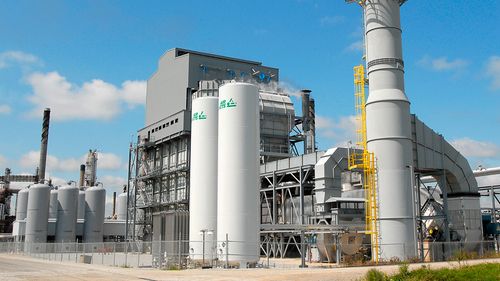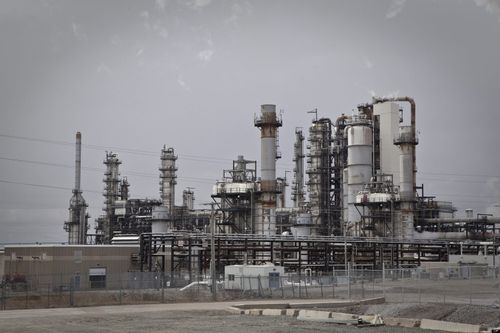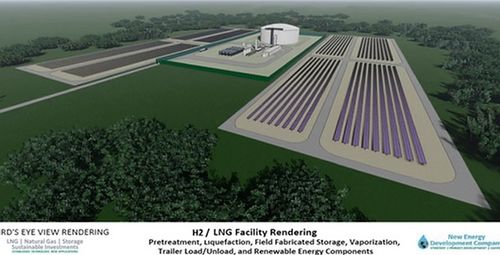The International Renewable Energy Agency’s (IRENA) 2023 World Energy Transitions Outlook report highlights the need for comprehensive action to meet the Paris Agreement’s goal of limiting global warming to 1.5°C.
The report indicates that current energy transition technologies are significantly off track, with an emissions gap of 16 gigatonnes projected for 2050. Meanwhile, according to IRENA’s Planned Energy Scenario, the energy-related emissions gap is projected to reach 34 Gt by 2050.
Despite some progress, such as the addition of 300 GW of renewables in 2022, further acceleration is crucial to meet emission reduction targets, the report says.
The report emphasizes that annual renewable power deployment must significantly increase, targeting about 1,000 GW per year to align with the 1.5°C pathway. The global energy mix is expected to shift dramatically, with renewable energy’s share rising from 16% in 2020 to 77% by 2050. This transformation will require a substantial increase in renewable electricity capacity, especially in sectors like transport and buildings.
Additionally, hydrogen is projected to play a pivotal role, with 94% of hydrogen production expected to be renewables-based by 2050 in the 1.5°C scenario. This significant shift towards green hydrogen aligns with the overarching goal of increasing renewable energy’s share of the energy mix.
In terms of investments, the report identifies a considerable gap. To achieve the 1.5°C target by 2050, an estimated cumulative investment of $150 trillion is needed, more than quadrupling the current annual investment levels. While there was a record high of $1.3 trillion in global investments in energy transition technologies in 2022, this is still insufficient compared to the necessary scale of investment. The report also notes that renewable energy investments are concentrated in a few countries and technologies, with significant investment disparities between the Global North and South.
Private sector investments, constituting 75% of global investments in renewables from 2013 to 2020, have predominantly focused on less risky technologies and countries. To address these imbalances, stronger public sector intervention and targeted, scaled-up public contributions are necessary to support a wider range of countries and technologies.
The report’s outlook stresses the importance of proactive energy transition strategies to promote a resilient, inclusive, and climate-safe system. It calls for a shift away from fossil fuel-dependent structures and systems, emphasizing that the energy transition can be a tool to shape a more equitable world. This transition requires overcoming existing barriers in infrastructure, policy, workforce, and institutions. Immediate action and implementation of available technology options are feasible and economically viable, but comprehensive policies across all sectors are essential to scale up deployment and achieve climate and development objectives.







